SHR080-6 Talent Resourcing and Development Assignment Sample
Introduction
Talent management is the methodically strategic and organized process of getting the right talent onboard and motivating them to grow in their career. Companies proceed in hiring and engaging potential employees so that they confirm organizational success through their competent working attributes. It includes four vital factors: goal tracking, role management, competencies, and tools for employee engagement. The organization adopts talent management activities to make overall performance betterment of the business. Employee development actions are associated with talent management. The workers and their working abilities enhance as the company provides opportunities for training and resources.
Management of employee equality and diversity, performance management, employee retention, and ethical practices are also crucial parts of talent resourcing procedures. The report has the aim to provide a comprehensive understanding of Talent Resourcing and Development activities with organizations for effective performance. For meeting the aim, the report has chosen a company, “Valmet” in the energy industry for discerning its talent management approaches. The report has analyzed the company’s talent management strategies while incorporating policies, strategies, and processes. This has also given practical and real business examples of talent management opportunities and challenges. The application of relevant theories and suggestions for recommended actions have helped this report to be more justified and informative.
Discussion
Analysis of Valmet’s talent management strategies, policies, and processes for employee development and retention
Valmet, a full grown and successful UK company, has adopted different talent management strategies. This activity and initiative have helped to gain huge support from employees. Currently, the company is working with more than 14,000 employees who are greatly engaged with company (valmet.com, 2022). Organization is crucially managing this huge numbers of employees in North America, South America, China, EMEA and Asia Pacific. Certain strategies have become beneficial for companies to handle the challenges and efficacies of talent management. This organization has focused on the hiring process through which it has included some competent and skilled workers in the workforces. Human resource management team has rightly prepared job and skill requirements for vacant places (Fajcíková et al. 2018). After that, it has properly targeted competent and experienced candidates with a career drive process. This strategy has fostered and successfully done by offering sufficient salary and compensation.
The annual report of Valmet Company has mentioned that it has also propagated the strategy of employee development and learning. Company has given training to its workers about the production of paper and energy. On the other hand, workers are highly skilled and they have greater understanding about “Industrial Internet Solutions”. There are more than 150 courses and training sections, which is preceded by a simplified talent review process. In this manner, the company’s leadership pipeline is also developed and retained. Leadership pipeline is the organizational procedures to maintain and build their leadership succession bench (Kaewnaknaew et al. 2022). Additionally, leaders of Valmet are having great capabilities of technological intervention, employee management, workers motivation, and quality assurance (Painter‐Morland et al. 2019). Company has even introduced a combination of internal job rotation, global training program, and local competence development for ensuring correct activities of the leadership pipeline.
Another strategy of talent management of Valmet is maintenance of employee equality and diversity. Employees in this company are from several countries of the world. This is natural that they are supposed to work efficiently and dedicatedly in an international team (valmet.com, 2022). Company has developed partnerships with external organizations who have taken responsibility for promoting diversity in the workplace. Prioritization of diversity talent in global program nomination and achievement of good level of internal mobility are the parts of this strategy. Because of this strategy, skilled employees from diverse backgrounds do not feel dejected, isolated and do not leave the company (Siripipatthanakul et al. 2022). Thus, the above-mentioned strategy has become a potential way of managing talents. Additionally, Valmet has introduced some specific processes for handling diverse work teams. Employees of Valmet are now part of work-life integration in a three-year roadmap. Implementation of social committee guidelines and new wellbeing related activities have encouraged efficiencies throughout the organization. It has also continued training of 150 managers at a time and 360-degree feedback processes for employees.
The organization has successfully fulfilled and executed every possible strategy of talent management by incorporating some laws. “Employment Rights Act 1996 of UK” has integrated the coverage for Valmet employees in the context of dismissal, leave structure, leave and redundancy. The policy has preserved employees’ rights of getting proper wages in accordance with working hours and skills. Thus, talented people stay loyal and do not leave as they are getting accurate remuneration for their competency. “Equality Act 2010” has introduced the “code of conduct policy” in the talent management process (valmet.com, 2022). Workers in Valmet Company do not face discrimination, grievances and inequality and thus, retained. “The Health and Safety at Work etc Act 1974” has promoted HSE (Health, Safety and Environment) policy in this organization. Healthy and safe employees can change the success rate of an organization, by contributing quality service in a continuous manner.
The collaboration of policies and strategies has formulated some processes that have increased productivity, quality and overall competitiveness. Global Training portfolio is one of the processes that is vital for talent management in Valmet. This portfolio includes three programs and these are Innovation pathways, Excellence in Project Management and Champions in services. These processes are crucial in attaining objectives and organizational goals. Company has managed the talents by increasing knowledge transfer between workers, fostering the industrial internet (Poisat et al. 2018). Talented employees are motivated by the field services certification and are encouraged to work with competency. Selection of the right talent at the right place has proven effective in managing customer’s projects. These strategies have executed development actions for strengthening successor pipelines and improving successor readiness.
Relevant challenges and opportunities in talent resourcing and development
The study aims to develop a comprehensive understanding of development activities and talent resourcing management with an effective performance level. The technical service provider, Valmet has ensured different kinds of challenges align with opportunities in the management of talent and resourcing and development procedures (Harun et al. 2020). Identification of the different kinds of challenges, as well as the opportunities, would be able to formulate and develop strategies for enhancing the organizational as well as individual performance levels. The critical evaluation would be able to focus on the aspect of talent development of resources, management of diversity and equality, employee retention and employee satisfaction along with ethical practice and professional development.
The management of talent resourcing is one of the crucial aspects in the management of HR management planning. Talent resourcing plays a crucial role in the management of operational development in association with the management of day-to-day activities (Goestjahjanti et al. 2020). The development of talent management would define a different kind of structured method with the identification of the proper talent pool for the respective department in the organization. Engagement and networking of a different kind of talent pool and hiring of best fit as well as prospective candidates would be able to create a steady flow in the management of the talent resourcing.
The talent resourcing process is associated with several kinds of opportunities for the organization. Some of the opportunities are worthy to mention here such as better management in the recruiting process, increased diversity, and increased employee engagement along with minimized attrition (Griffith et al. 2019). Proper planning in process management helps in the aspects of applicant, tracking, sourcing and tracking with the development of analytics. The development of an agile recruitment process would be able to enhance the level of recruitment procedure enhancing the organizing and tracking of applicants. Engagement and networking of a different kind of talent pool and hiring of best fit as well as prospective candidates would be able to create a steady flow in the management of the talent resourcing in the organization, Valmet.
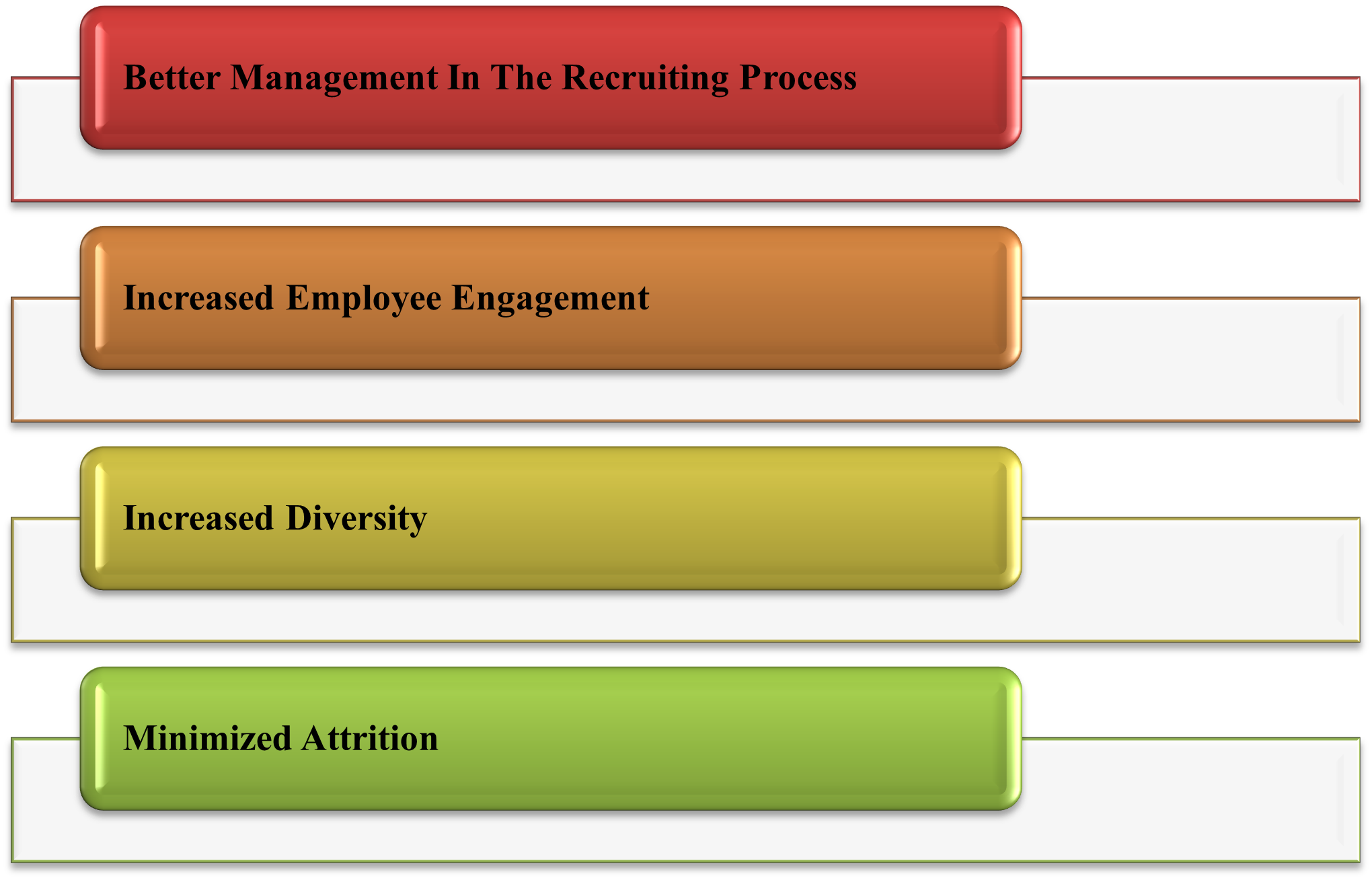
Figure: Opportunities in talent resource management
A better recruiting process would be able to enhance the operational area of the business with the development of commercial sustainability. One of the crucial opportunities associated with the development of the hiring process (Anlesinya et al. 2019). Valmet has estimated the opportunities in the management of talent resourcing and it has been able to provide a different kind of competitive edge to the organisation with the development of a better kind of talent resourcing process. As per the research conducted in the organization, it is worthy to mention that the employee with an urge for challenging work prospects and creativity would be able to contribute to the development of the organizational growth in Valmet. Better management in the process of talent recruitment would be helpful in increasing the diversity level with an increase of talented professionals. (Refer to appendix 1)
In the management of talent, resourcing as well as development some of the crucial issues are identified leading to difficulties in the operational and commercial management process (Younas and Waseem Bari, 2020). Though several opportunities are there in the management of talent resourcing, the organisation, velvet has encountered several issues such as attracting the right candidates and engaging the qualified candidates in the development of the organizational operation. The organisation has reported that the right candidates for a specific job role are getting different for the Hr team, as there are several other companies in the industries with lucrative opportunities and better packages. The enhancement of the competitive environment has reduced the application rate of the present candidates. Furthermore, the company has also noticed the lack of proper practical and upgraded training and education among the candidates for ensuring the productivity level of the job role.
The organisation has also encountered issues in developing the engagement of qualified candidates with the development fast hiring process. The employees are not being able to concentrate on their office work with utmost dedication (Gallardo-Gallardo et al. 2020). Engagement of the qualified candidates is one of the crucial issues in the employee management and talent hiring process. The organisation has encountered issues in the management of the data-driven recruitment processes aligned with the building of strong employer-based brands. The company has been also trying to encounter the issues in the ensuing good candidate experience. The issues in the recruitment and creation of effective and efficient returning prices are some of the crucial aspects in the management of talent resourcing in the technical service organisation, Valmet.
Organization’s best processes or initiatives for retaining and developing best talents
The management of organisational best talent management would be able to enhance the level of operational and commercial processes. Valmet has associated several types of talent acquisition and management practices, which are beneficial for addressing the issues. The management practices would be able to attract top-tier talent with the help of social media and employee referral programs with the inclusion of job boards (Mohammed et al. 2018). The talent management practice would be able to tie the candidate sourcing based on hiring target-related business goals. The organisation has associated their organisational targets with the business goals. It helps in the matter of prioritizing the top-timer candidates assisting in the job role with much consideration, it would ensure the acquisition of the top talents for the organisation and hiring the top talents for each of the options would be able to manage the level of operation and business growth in the competitive business environment. Prioritising the experience of the top tier candidates would be able to enhance the experience level for the job seekers in the interview with much consideration. Enhancing the level of experience of the top talent during the interview would be able to increase the chance of getting the candidate into the organisational top talent acquisition is one of the key aspects in ensuring business development.
The organisation, Valmet, has also structured the level of streamlining and automating the core recruitment process in alignment with the management of hiring and recruitment. Automation is one of the key components, which is beneficial for ensuring the effectiveness and productivity level of the company (Whysall et al. 2019). Recruitment automation is the technology, which is beneficial to establishing the automatic workflow. It is obviously a better prospect in the management of the recruitment process in comparison to HR activities as well as recruitment. The recruitment-based automation process is essential in streamlining the coursing of the candidates with the inclusion of commutation effectiveness and scheduling along with the management of assessment. It is for ensuring the effectiveness of the whole recruitment process.
Automation in the recruitment process is beneficial for the management of the organisational principles in the acts of forecasting candidates and simplifying the scheduling of the candidates. Several crucial aspects in the development of the automation system for ensuring effective management of the system of hiring associates pre-screening of the candidates, Simplifying the scheduling, provision of recruitment on the go, the building of the branded talent-based pipelines, implementation of the evaluation process along with usage of CRM for running the rotation related to recruitment (Sparrow, 2019). The organisation has also associated the aspects of leveraging analytics for ensuring the hiring procedure with the identification of the weaknesses and strengths areas with much significance. Association with diversity, inclusion and equality at the front level of the hiring process is also effective in the migrant of the work progress with the acquisition of the top talents.
On the other hand, the company, Valmet might associate sending the advertisement for the job in the organisation to the potential candidates so that they would be able to track the job role and grab the opportunity for growing their career with utmost significance (Li et al. 2018). It would be beneficial for the organisation’s work progress for ensuring the productivity level of the employee management and recruitment procedure with essential benefits. Another mention-worthy practice in the organisation for managing the top talents in the recruitment procedure is providing customised feedback to each of the candidates after the interview. The effectiveness of training programmes and practices is beneficial in the management of the talent pool for ensuring the productivity of the organisation.
Ensuring the level of productivity, and proper and effective digital team management is essential for ensuring the level of transparency and charity in the work progress with effectiveness and fulfilment (Kravariti and Johnston, 2018). Equity and the inclusion of diversity in the management of recruitment procedures would be essential as they enhance the level of excellence in the organisation. Building diversity in the acquisition of a talent pool would be beneficial for the company as it incorporates different kinds of opinions, overviews and perceptions. Alignment with different kinds of perceptions would be helpful in the management of the performance level of the organisation, Valmet.
The organization’s talent management approach with relevant theories
In the aspect of talent management-based theoretical application, there are several aspects such as acquisition, succession, improvement, retention and engagement. Talent Management refers to the anticipation of necessary human capital for the company for setting a plan. Valmet’s approaches in talent management include activities of recruitment, retention, development, and reward for employees. This approach can be analyzed and evaluated through certain models and theories that are discussed below.
ASPIRE model
The ASPIRE model has been able to manage the level of talent acquisition (Jooss et al. 2021). The main aspects in the talent management theoretical application there are several aspects such as role men augment, tracking of goals and alignment and development of tools for the sake of employee management. Effective talent management with the inclusion of this approach would be able to enhance the level of activity of the employee with utmost significance. The organisation would be able to enhance the level of talent acquisition process with the enhancement of operational and commercial progress. The talent management strategy has been influential in the development of the alignment in talent acquisition planning.
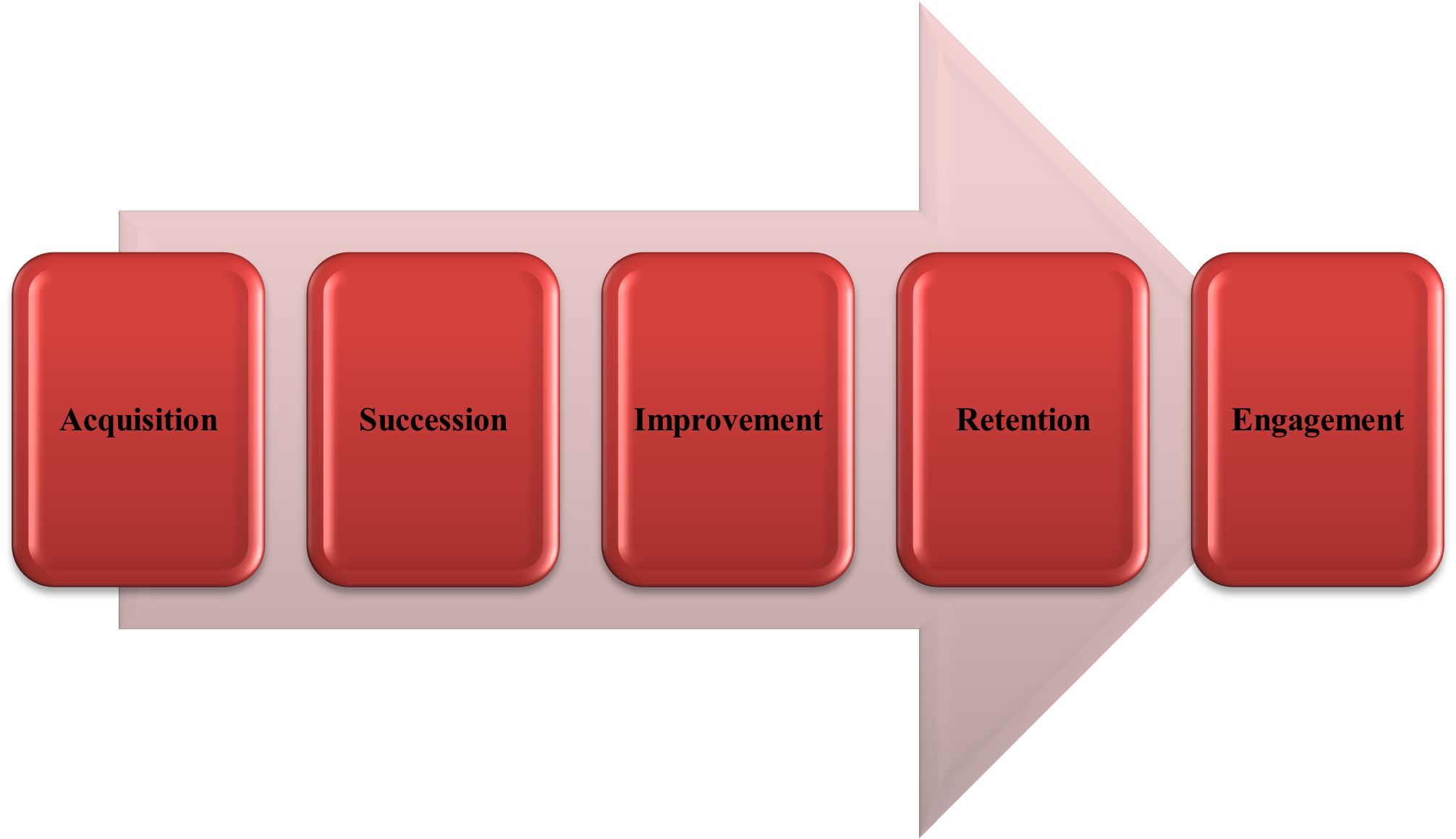
Figure 1: ASPIRE model
Valmet might consider the aspects of role management for ensuring the level of competencies for the sake of the employees. The level of competencies of the employees depends on the management of recruitment procedures with effective tools and reconciliation in the hiring process. In the theoretical application, the first aspect, which is worthy to mention here, is acquisition. It is the level, which signifies the potential hiring process and sustainable and efficient candidates for each of the job roles in the organisational context (Sheehan et al. 2018). The succession and the improvement process would be able to manage the level of recruitment and the process of developing employees in the recruitment process. Retention, as well as engagement, signifies another crucial aspect, which would able to signify the level of employee participation in the job role with the enhancement of the organisation’s short-term as well as long-term objectives. Valmet might associate the level of goal tracking in the management of tools for employee management. Proper allocation of the tools and employee engagement and goal tracking would be able to enhance the level of the recruitment process along with talent acquisition.
The QUAD Model of Talent Management
This model has demonstrated that organizations can attain real business benefits through effective talent management. It has suggested a four-stage process of talent controlling and these are Planning, Acquiring, Developing and Retaining. These processes are quite similar with that of Valmet’s behaviors towards its employees (Zhang, 2022). In the first stage of this model, the organization established some defined competencies and set some criteria for measuring talent skills. Valmet generally derives the needs from strategic objectives and mission statements. Therefore, this planning stage contains levels of defining competencies, setting measurement criteria’s, and auditing of talent. The second phase of this model is acquiring talents. Organizations attract and encourage employees so that they apply to various job posts (Beal Partyka et al. 2021).
Attracting, recruiting, selecting and employing the potential candidates are vital parts of this stage. The third phase is employee development through talent management readiness, performance management, and career development, monitoring and coaching. As an internationally growing company, Valmet has pressured this section and mitigated organizational pitfalls by competent employees. While incorporating this particular model, the company can manage to hold and retain its most qualified, experienced and talented workers within the company (Shahi et al. 2020). This stage ensures the success of the entire talent management process through Long term incentive planning, flexible work arrangements, career planning, talent culture development and promotion of equality.
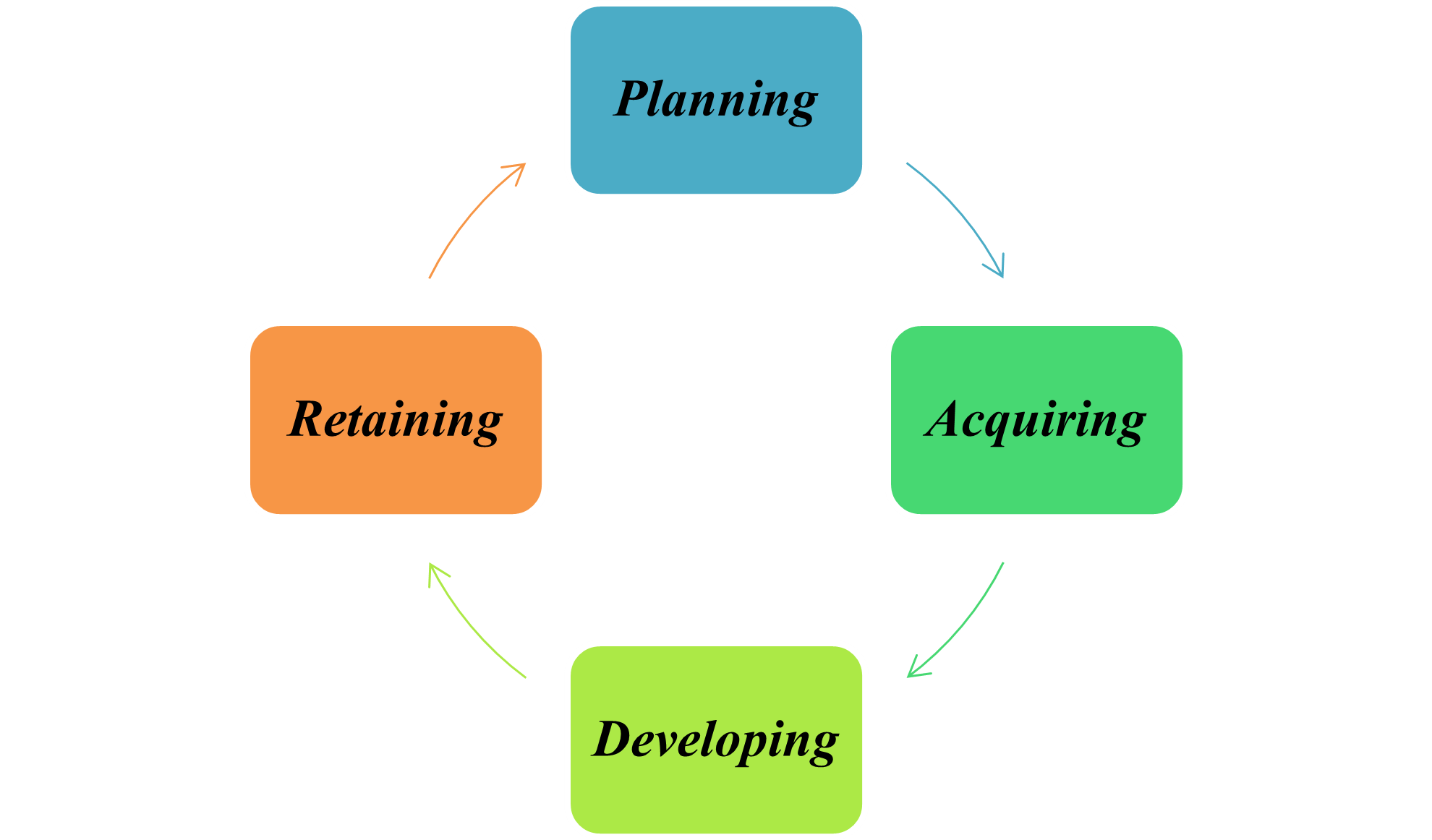
Figure 2: QUAD Model of Talent Management
Theory X and Theory Y
Douglas McGregor has proposed the success probabilities of talent management practices in an organization by this theory. Theory X has demonstrated a set of negative assumptions in the traditional employee management style (Al Aina and Atan, 2020). It has highlighted the power of management and demeaned the contribution of staff while performing daily working activities. Theory X is mostly the representation of adverse results that can be caused if a company does not implement proper talent management approaches. In this context, workers will avoid responsibilities, dislike work and will display little ambition. On the other hand, Theory Y has promoted scientific approaches of employee management by job enlargement and decentralization of talents. Performance appraisals and positive decision-making processes are vital examples of talent management that Valmet can follow thoroughly [refer to appendix 2].
Conclusion
To conclude, it can be stated that this report has purposely discussed talent management by providing comprehensive understanding of talent resourcing and development activities. Valmet, being a fully-grown and successful international organization, is able to handle a large number of employees for its talent management strategies. This company has propagated the right hiring process as well talent acquisition, training, development, and retention with ultimate precision. Numerous training courses and allocated resources have ensured employee’s level of knowledge and skills. It has included some UK employee acts in forming some organizational policies so that employees get enough coverage during any unethical activities. Health and safety are other foremost situations for the international employees that have encouraged them to be loyal towards organization. Success in talent management is dependent on creation of opportunities and mitigation of organizational threats. Valmeteers are currently enjoying the opportunities of fair recruitment and positively diverse working culture. Company’s procedures and strategies are relevant as several models and theories have supported it. The ASPIRE model, The QUAD Model and Theory X and Theory Y have supported every notion of Valmet in the context of talent management. This is also the way of developing and retaining a leadership pipeline.
Recommendation
Action Plan
| Objectives | Techniques for improvement | Success criteria | Time plan |
| To specify skills for employees | ● Review organizational requirements and job descriptions (El Dahshan et al. 2018)
● Evaluate previous performance reviews |
Workers will be less confused and more dedicated to completing their jobs. Thus, job hazards will be less and company can show productivity | 1 month |
| To give proper training to employees | ● Develop a particular and mandatory training schedule (Kravariti and Johnston, 2020)
● Allocate resources to employees |
Employees will make less errors in jobs and quality service will be delivered | 2 months |
| To provide performance appraisal | ● Create regulations and policies for appraisal, incentives
● Allocate capital for offering appraisal |
Workers will be satisfied and will remain loyal | 3 months |
Table 1: Action Plan
Justification
The recommended action plan is highly effective for Valmet Company, so that it can promote successful talent management by recruiting and retaining skilled employees. Specifications of job skills will make the applicant more clarified about job expectations (King and Vaiman, 2019). On the other hand, the training scheme is most vital as it provides high success credentials for success through several competencies (Sparrow, 2019). Company will grow with productivity and good service delivery in the market of competitiveness. Performance appraisal motivates workers and preserves the predefined structure of leadership pipeline.
References
Al Aina, R. and Atan, T., 2020. The impact of implementing talent management practices on sustainable organizational performance. Sustainability, 12(20), p.8372.
Anlesinya, A., Amponsah-Tawiah, K. and Dartey-Baah, K., 2019. Talent management research in Africa: towards multilevel model and research agenda. African Journal of Economic and Management Studies.
Beal Partyka, R., Kayser, J., Kamran, R. and Lana, J., 2021. Family Businesses and Independent Board of Directors: Strategies for Company’s Longevity. Global Business & Management Research, 13(1).
El Dahshan, M.E., Keshk, L.I. and Dorgham, L.S., 2018. Talent management and its effect on organization performance among nurses at shebin el-kom hospitals. International Journal of Nursing, 5(2), pp.108-123.
Fajcíková, A., Urbancová, H. and Kucírková, L., 2018. Decisive Factors of Talent Management Implementation in Czech Organisations. Journal on Efficiency and Responsibility in Education and Science, 11(1), pp.9-15.
Gallardo-Gallardo, E., Thunnissen, M. and Scullion, H., 2020. Talent management: context matters. The International Journal of Human Resource Management, 31(4), pp.457-473.
Goestjahjanti, S.F., Novitasari, D., Hutagalung, D., Asbari, M. and Supono, J., 2020. Impact of talent management, authentic leadership and employee engagement on job satisfaction: Evidence from south east asian industries. Journal of Critical Reviews, 7(19), pp.67-88.
Griffith, J.A., Baur, J.E. and Buckley, M.R., 2019. Creating comprehensive leadership pipelines: Applying the real options approach to organizational leadership development. Human Resource Management Review, 29(3), pp.305-315.
Harun, N., Mahmood, N. and Othman, S., 2020. The effect of talent management factors on teacher’s leadership at the secondary schools. Management Science Letters, 10(1), pp.225-234.
Jooss, S., Burbach, R. and Ruël, H., 2021. Examining talent pools as a core talent management practice in multinational corporations. The International Journal of Human Resource Management, 32(11), pp.2321-2352.
Kaewnaknaew, C., Siripipatthanakul, S., Phayaphrom, B. and Limna, P., 2022. Modelling of Talent Management on Construction Companies’ Performance: A Model of Business Analytics in Bangkok. International Journal of Behavioral Analytics, 2(1).
King, K.A. and Vaiman, V., 2019. Enabling effective talent management through a macro-contingent approach: A framework for research and practice. BRQ Business Research Quarterly, 22(3), pp.194-206.
Kravariti, F. and Johnston, K., 2020. Talent management: a critical literature review and research agenda for public sector human resource management. Public Management Review, 22(1), pp.75-95.
Kravariti, F. and Johnston, K., 2020. Talent management: a critical literature review and research agenda for public sector human resource management. Public Management Review, 22(1), pp.75-95.
Li, J., Hedayati-Mehdiabadi, A., Choi, J., Wu, F. and Bell, A., 2018. Talent management process in Asia: a multiple case study. European Journal of Training and Development.
Mohammed, A.A., Hafeez-Baig, A. and Gururajan, R., 2018. Talent management as a core source of innovation and social development in higher education. In Innovations in Higher Education-Cases on Transforming and Advancing Practice (pp. 1-31). London: IntechOpen.
Painter‐Morland, M., Kirk, S., Deslandes, G. and Tansley, C., 2019. Talent management: The good, the bad, and the possible. European Management Review, 16(1), pp.135-146.
Poisat, P., Mey, M.R. and Sharp, G., 2018. Do talent management strategies influence the psychological contract within a diverse environment?. SA Journal of Human Resource Management, 16(1), pp.1-10.
Shahi, T., Farrokhsheresht, B., Taghipourian, M.J. and Aghajani, H.A., 2020. Behavioral Factors Affecting Talent Management: Meta-Synthesis Technique. Iranian Journal of Management Studies, 13(1), pp.117-137.
Sheehan, M., Grant, K. and Garavan, T., 2018. Strategic talent management: A macro and micro analysis of current issues in hospitality and tourism. Worldwide Hospitality and Tourism Themes.
Siripipatthanakul, S., Jaipong, P., Limna, P., Sitthipon, T., Kaewpuang, P. and Sriboonruang, P., 2022. The Impact of Talent Management on Employee Satisfaction and Business Performance in the Digital Economy: A Qualitative Study in Bangkok, Thailand. Advance Knowledge for Executives, 1(1), pp.1-17.
Sparrow, P., 2019. A historical analysis of critiques in the talent management debate. BRQ Business Research Quarterly, 22(3), pp.160-170.
Sparrow, P., 2019. A historical analysis of critiques in the talent management debate. BRQ Business Research Quarterly, 22(3), pp.160-170.
Valmet.com 2022, about us, available at https://www.valmet.com/ on 31/8/2022
Whysall, Z., Owtram, M. and Brittain, S., 2019. The new talent management challenges of Industry 4.0. Journal of management development.
Younas, M. and Waseem Bari, M., 2020. The relationship between talent management practices and retention of generation ‘Y’employees: mediating role of competency development. Economic research-Ekonomska istraživanja, 33(1), pp.1330-1353.
Zhang, C., 2022. Evaluation and analysis of human resource management mode and its talent screening factors based on decision tree algorithm. The Journal of Supercomputing, pp.1-33.
Bibliography
El Dahshan, M.E., Keshk, L.I. and Dorgham, L.S., 2018. Talent management and its effect on organization performance among nurses at shebin el-kom hospitals. International Journal of Nursing, 5(2), pp.108-123.
Gardas, B.B., Mangla, S.K., Raut, R.D., Narkhede, B. and Luthra, S., 2019. Green talent management to unlock sustainability in the oil and gas sector. Journal of Cleaner Production, 229, pp.850-862.
Kravariti, F. and Johnston, K., 2020. Talent management: a critical literature review and research agenda for public sector human resource management. Public Management Review, 22(1), pp.75-95.
Younas, M. and Waseem Bari, M., 2020. The relationship between talent management practices and retention of generation ‘Y’employees: mediating role of competency development. Economic research-Ekonomska istraživanja, 33(1), pp.1330-1353.
Appendices
Appendix 1: HRM process
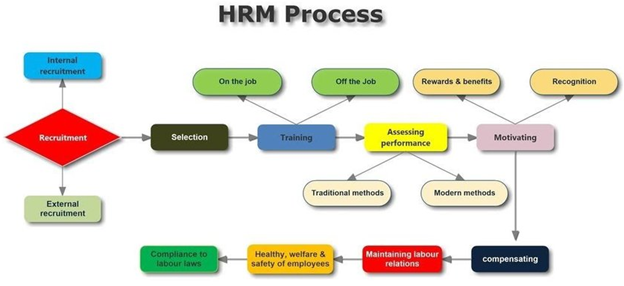
Appendix 2: Theory X and Theory Y
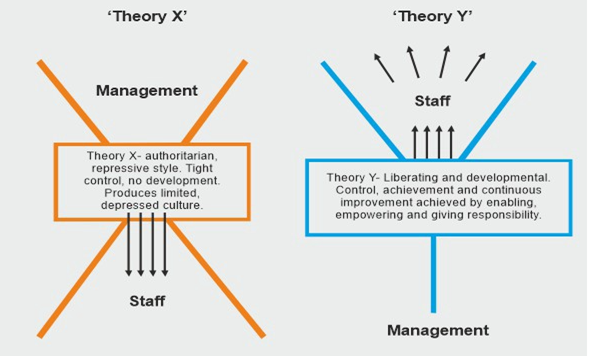
Assignment Services Unique Submission Offers:

